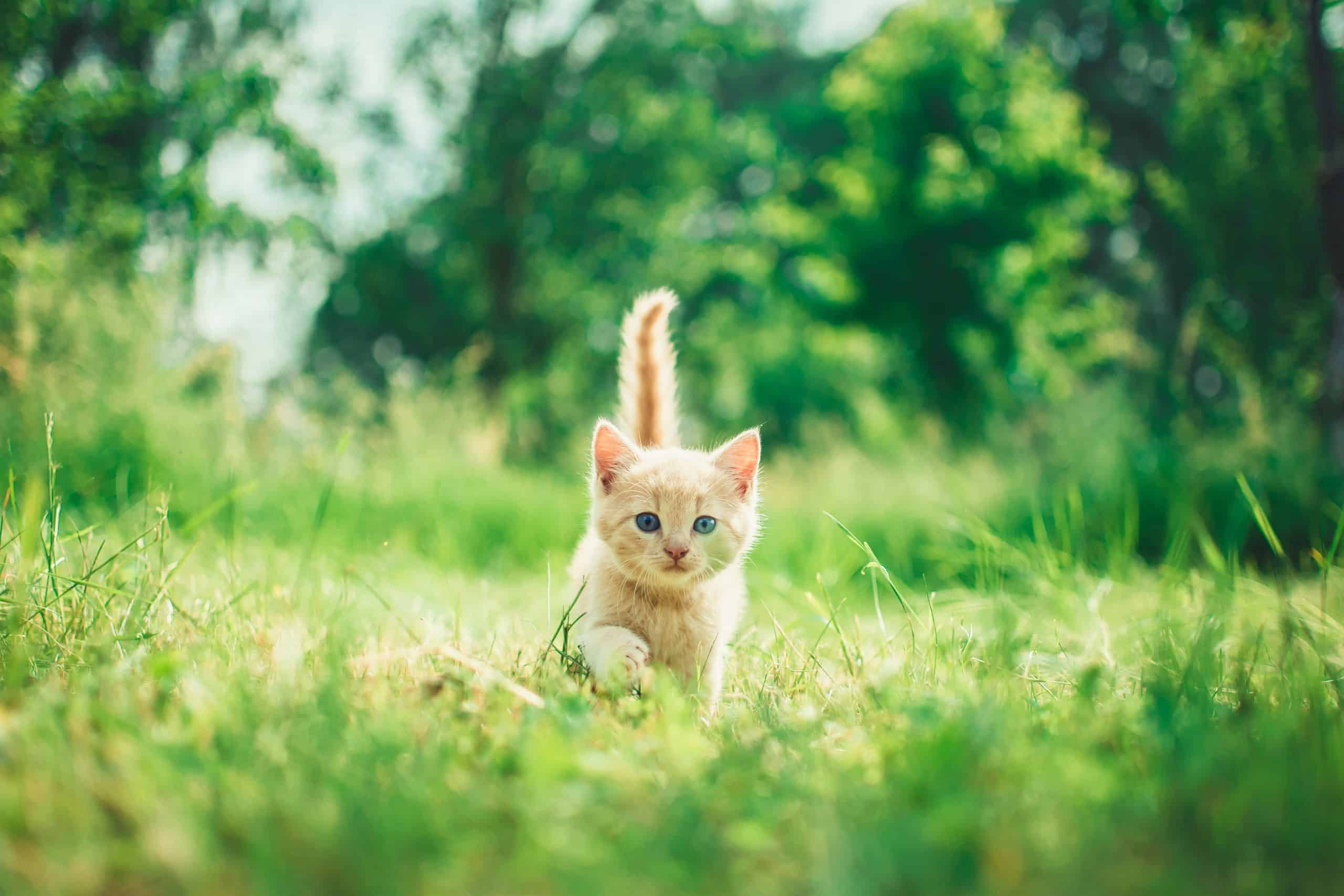Can you train a cat to use a toilet?

Cats, with their graceful agility and famed independence, have long been cherished pets in homes across the globe. While their companionship is undeniably heartwarming, their bathroom habits often require a certain level of care and maintenance. The litter box is a familiar fixture for cat owners, but what if there was an alternative that could benefit both the pet and the owner? Imagine a world where your feline friend uses the toilet just like a human. This idea may seem far-fetched to some, but with the right approach and patience, toilet training your cat is indeed a possibility. In this article, we will delve into the intricacies of transitioning your kitty from litter box to bathroom, ensuring you understand the steps, health considerations, and behavioral implications of toilet training your beloved cat.
Understanding Cat Toilet Training
Before we embark on the journey to train your cat to use the toilet, let’s discuss what this entails. Toilet training involves teaching your cat to perch atop a human toilet seat and eliminate directly into the water, foregoing the traditional litter pan. This method can not only save time and money on litter, but also present a cleaner alternative to the conventional litter box setup.
Have you seen this : How to safely bathe your cat?
However, training cats to adopt such human-like behavior does not come without its challenges. Cats have natural instincts that guide their bathroom behavior, and altering these instincts requires a gradual and sensitive approach. It’s important for owners to recognize this process as a commitment to their pet’s health and care.
The Training Process
Introducing Your Cat to the Concept
The first step in toilet training your cat is to introduce them to the idea. This initial phase is all about making your kitty comfortable with the idea of using the toilet instead of their usual litter box. Begin by gradually moving the litter box closer to the bathroom over a period of days, so the cat follows along without stress.
Also to read : How to choose the right type of mouse or rat as a pet?
Raising the Litter Box
Once your cat is comfortable with the new location next to the toilet, the next stage is to raise the litter box incrementally. This can be done by placing stable platforms under it, such as books or boxes, until it is at the same height as the toilet seat. Remember that each elevation change should be done so subtly that your cat hardly notices the difference.
Using a Training Seat
When your litter box is at the right height, you can introduce a training seat, which fits snugly over the toilet bowl. These seats often have a series of rings that can be removed over time to enlarge the opening, allowing your cat to get used to the water below. The transition from a litter box to a training seat is a critical phase and should be done with the utmost patience.
Gradual Transition to the Toilet
With the training seat in place, it’s now time to encourage your cat to jump onto the toilet for their needs. As your cat becomes more accustomed to the seat, you can begin removing the rings progressively. The eventual goal is for your cat to be able to balance on the seat itself without any litter.
Health and Behavior Considerations
Monitoring Your Cat’s Comfort and Health
Toilet training is not only about changing a behavior but also ensuring your cat’s health and comfort. Monitor their behavior closely for signs of stress or discomfort. If your cat seems hesitant or resistant, it may be necessary to slow down the process or even revert to the previous step.
Recognizing the Limits
It’s crucial to understand that not every cat will take to toilet training. Some may find the perch uncomfortable or frightening, and in such instances, it is important to respect your pet‘s limitations and preferences. Forcing the issue can lead to stress and potential health issues.
Additional Tips and Tricks
Choosing the Right Equipment
When training your cat, selecting the right training seat and other accessories are essential. Ensure the seat is stable and secure to give your cat confidence. Some cats may also prefer flushable litter during the initial stages for a more familiar texture.
Consistency Is Key
Maintaining a consistent routine is paramount in toilet training cats. Cats thrive on predictability, and keeping the training sessions as regular as possible will help reinforce the behavior.
Encouraging Good Behavior
Positive reinforcement can go a long way. Reward your cat with treats and praise when they successfully use the toilet. This will help them associate the act with positive outcomes.
The Pros and Cons of Toilet Training
Advantages of Having a Toilet-Trained Cat
Having a toilet-trained cat can be incredibly convenient. It eliminates the need for a litter box and the accompanying mess and smell. It is also environmentally friendly, as it reduces the need for cat litter.
Potential Downsides
However, there are downsides. It removes the natural digging and burying behavior that many cats instinctively need. Some argue that it can cause long-term behavioral issues or distress. Also, the inability to monitor your cat’s waste may lead to missed signs of potential health issues.
Conclusion: Is Toilet Training Right for Your Cat?
In conclusion, the answer to whether you can train a cat to use the toilet is a resounding yes—with caveats. It requires an investment of time, consistency, and patience, and may not be suitable for all cats or owners. The key is to pay close attention to your cat’s behavior and health, progressing at a pace that suits their comfort level. While the convenience of a toilet-trained cat can be appealing, it’s important to weigh the benefits against the potential impacts on your cat’s well-being. Ultimately, the care and happiness of your feline friend should take precedence in deciding whether to embark on this toilet training adventure.
